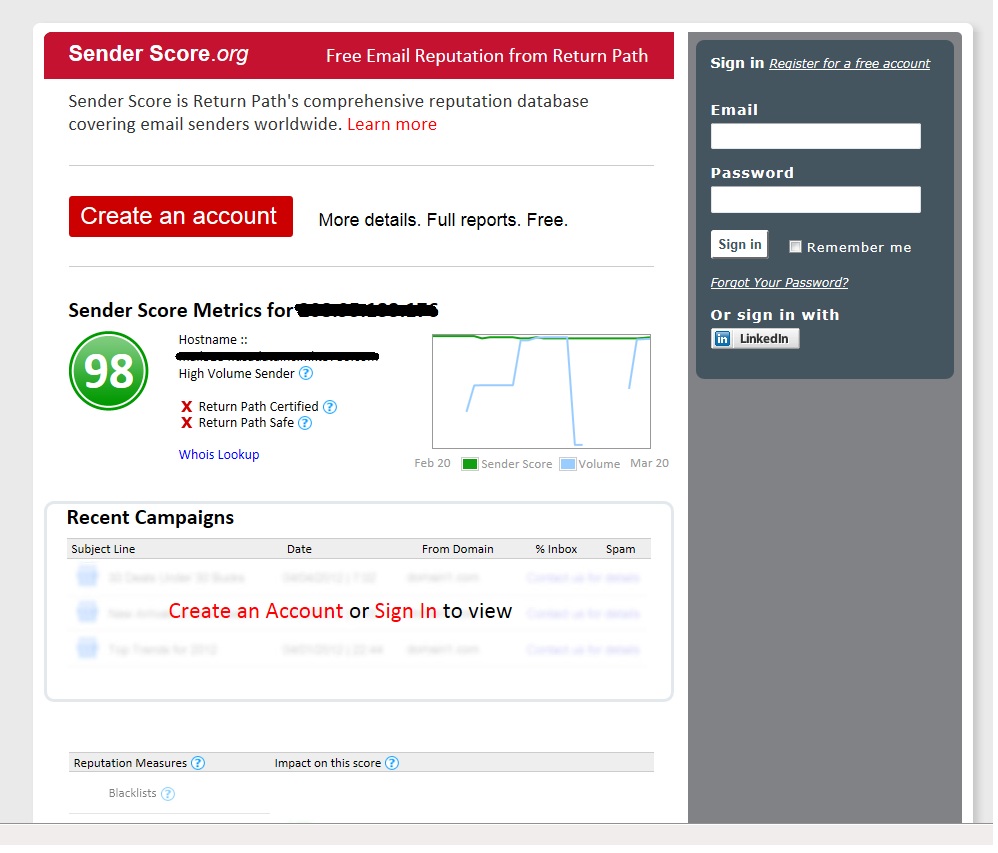Emails are effective only if they reach the intended recipients. In this article, which is the first of a two-part series, I’ll offer six tips for improving deliverability, to avoid ending up in spam folders. In the second installment, I’ll address email authentication and how that impacts every email sender.
1. Clean Your List
Twenty percent of your list will likely churn over 12 months. That is, roughly one-fifth of your entire database will likely change email addresses or unsubscribe in the next year. Internet service providers sometimes use old, closed email addresses as spam traps. If you email to spam traps, it will lower your sender reputation, and harm your efforts to reach your recipients’ inboxes. To protect against this, regularly clean your list, as follows.
- Capture all replies. Make sure your email system is set up so you are receiving all replies from each deployment.
- Proactively unsubscribe. Review these replies after each deployment and unsubscribe those who are no longer with a company, accounts that have been closed, or change of address notifications.
- Monitor the reply emails. Many email recipients won’t bother to actually unsubscribe to your mailing via the unsubscribe link; they will simply reply to the original email.
2. Segment your List Based on Activity
Internet service providers monitor a recipient’s email behavior by sender and by email message. For individuals who are not opening or clicking regularly, ISPs may filter your mailing into a spam or junk folder, even if your recipient still wants to receive the emails. To prevent this, consider these options.
- Segment your list in buckets according to the last time subscribers opened or clicked a message.
- For inactive subscribers, consider a different frequency, a more compelling subject line, or a special offer. Other effective tactics include daily or weekly deals, contests, and giveaways.
3. Observe Subject Line Rules (and Misnomers)
It’s okay to use the word “free” in a subject line. In fact, it’s okay to use many of the old spam-trigger words that used to be taboo. With ISPs relying on advanced filtering and authentication, the content of subject lines is not so relevant for spam determinations. However, there are likely a few exceptions, even now, depending on the ISP. Here are three things to a avoid.
- Excessive use of punctuation and capitalization, such as ‘!’ and a ‘?’ in the same subject line.
- Using a $ sign at the beginning of the subject line.
- Misleading subject lines with false promises.
4. Spam Check
Many email service providers have a built-in spam-checker tool that will score your email for likely deliverability. Although these scores are not absolute — an email may or may not end up in a junk folder, regardless of the score — they will give you a rough idea, to focus on the content of your email that could be troublesome.
5. Check Results by Domain
One of the easiest ways to detect deliverability problems is to review open rates by recipients’ domains, such as @gmail.com, @yahooo.com, and @hotmail.com. If you see a downward trend at any specific domain, or an open rate that is below average, there are likely issues at that particular ISP.
ISPs continually change rules and algorithms of how they classify mail. It’s natural to have dips or peaks in rates at certain domains. However, if rates are materially lower or a sharp reduction occurred at a certain date, ask the deliverability team at your email service provider to investigate.
6. Monitor your Reputation and Sending Score
You should know what IP addresses your mail is coming from, and if those are shared or dedicated. Run these IP addresses frequently with a free blacklist checker to ensure your IP address is clean. (Occasionally even legitimate mailers will end up on a dreaded blacklist; a simple request to the blacklist site to be unlisted will usually do the trick.)
Return Path offers a good sender score tool — from 1 to 100, with 100 being the best — on how your overall IP reputation looks. Check this often to ensure your reputation is good.





